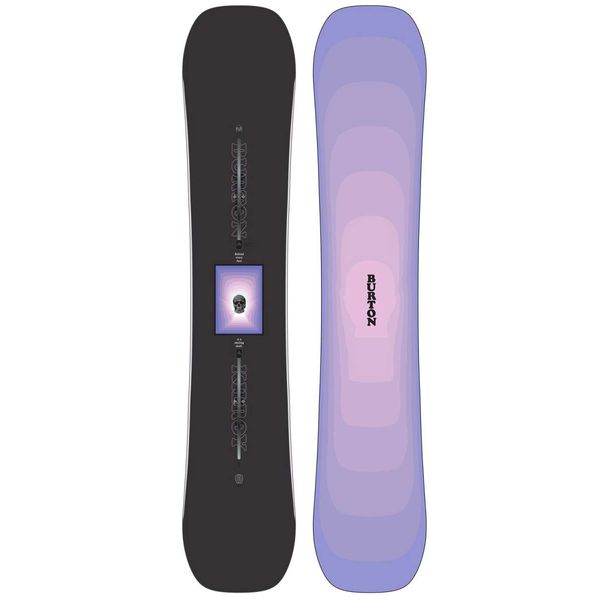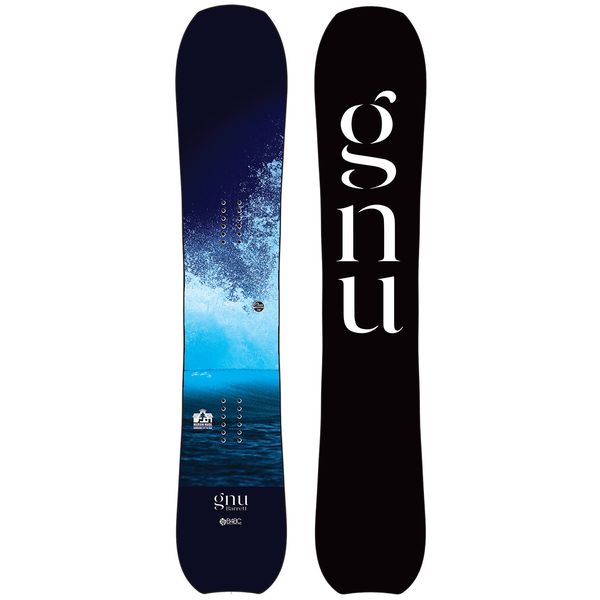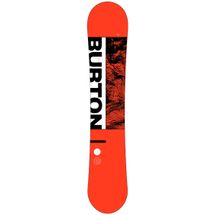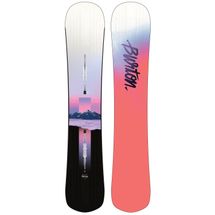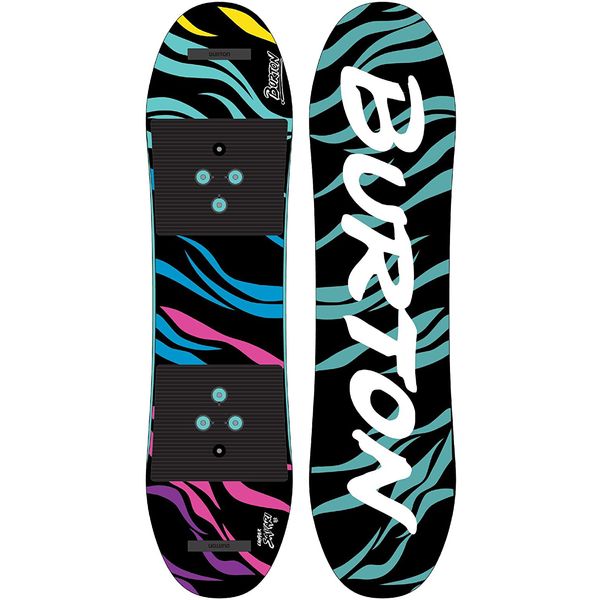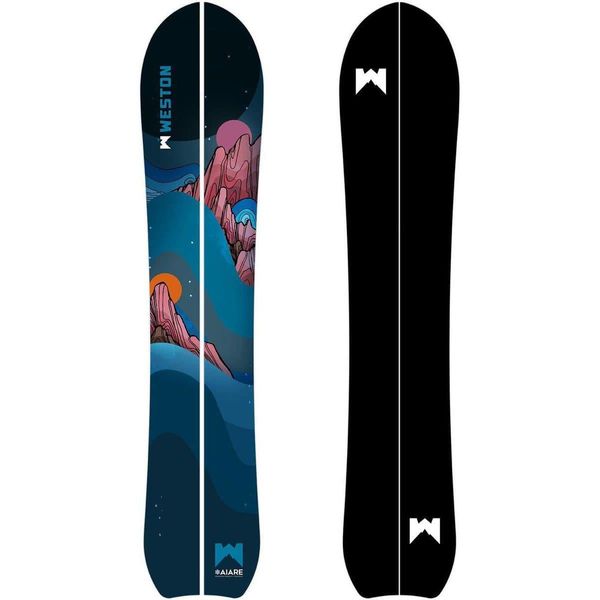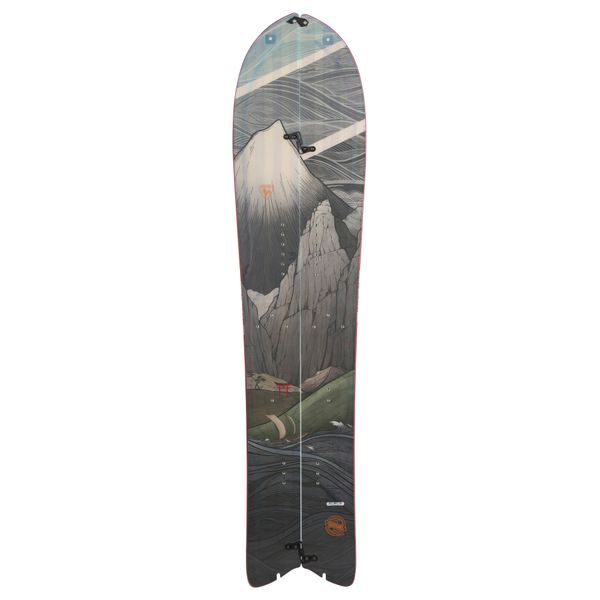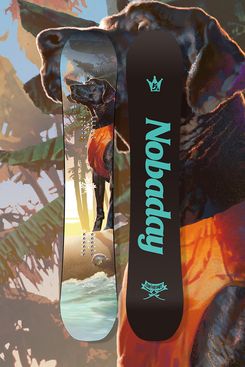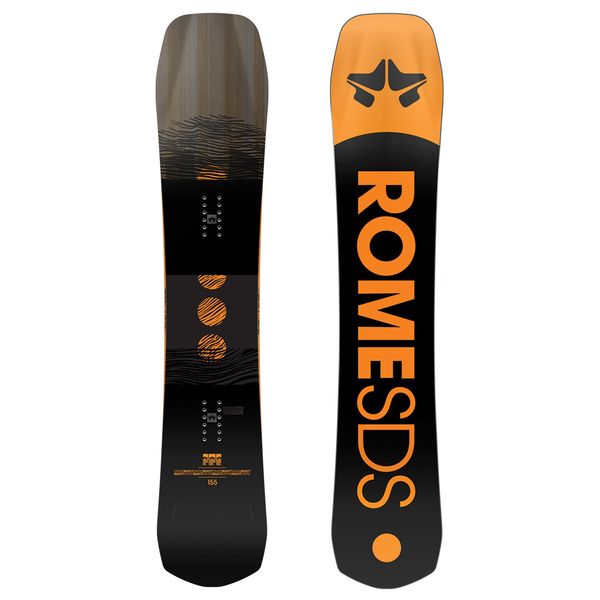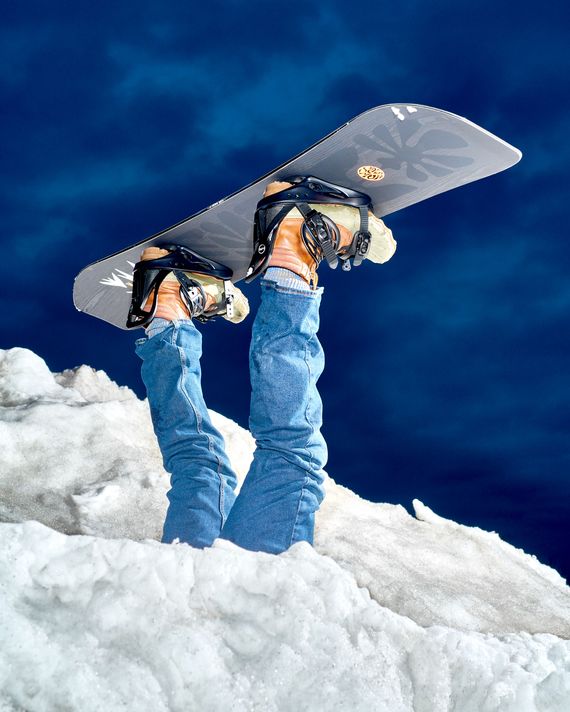
It may look like a simple colorful plank from afar, but every curve, screw, and inch of a snowboard is designed with specific conditions and riding styles in mind. With midwinter break for most schools fast approaching, we spoke to eight snowboarding experts from across the industry, including guides, professional athletes, and instructors. There are a few important things to consider, they agreed. Stiffness, for one: A softer board will be more forgiving of inelegant turns, while a firmer one gives the rider more control. Then there’s the question of conditions: Are you trying to surf knee-deep powder or zip down hard-packed trails? Below, some carefully vetted options, from one that allows for particularly precise steering in fresh snow to the snowboard a TikTok-famous rider uses to deftly pop onto boxes at terrain parks. Note that with it being the peak of the season, supplies on some of these rider-favorite boards are low — we’re still including them here as they’ll be available again soon, but in the meantime, keep checking back for stock updates, or sign up on the product pages to be notified of restocks in real time.
1.
Best Men’s Board
Burton’s Kilroy is a twin snowboard: The nose and tail are symmetrical, allowing snowboarders to “ride switch” — turn 180 degrees and ride with their rear foot in front. (Experts say this makes it easier to land tricks; it also balances muscle exertion across both legs.) That versatility is one of the reasons Nick Lemire, guest-experience director at Bolton Valley Resort, considers it the best all-rounder board for seasoned riders: “If I don’t know what I’m up against, this is the board I want to ride. I can take it from a hard-packed groomer” — a manicured, man-made trail — “right into powder or the park.” Because it has medium-soft firmness, it’s more forgiving than most boards, but it’s still firm enough for control on sharper turns. Plus “the price tag is unbelievable,” Lemire says. “The technology has really trickled down to these intermediate boards.”
2.
Best Women’s Board
Female riders will typically benefit from the specific engineering choices of women’s boards — including a narrower waist width for board control with smaller feet. This board is the favorite of Ali Gardiner, a retail buyer at Pete Lane’s in Sun Valley, Idaho. She likes how the serrated profile “gives you added edge control when it’s icy” and notes that its longer camber — the raised area at the center of the board — allows for more assertive cornering and careful control (because there’s less friction with the ground to slow you down). Unlike the Kilroy, this is a directional board with a specific front and back: Gardiner says that’s a plus that lets her “put more weight back and float really well” in heavy powder.
.
Best Beginner Boards
For those starting from scratch, Slush magazine’s Scott Keating says these two Burton models are “amazing to learn on.” Rather than having a camber between your feet, as with the boards above, these are entirely flat across the bottom, giving you greater stability. And the edges are “very forgiving,” according to Keating, because they’re rounder, so there’s less chance of “catching your edge” (when the downward edge of your snowboard sinks into the snow, stops the board, and causes you to fall).
.
Best Kids’ Board
If you’re looking to start them young, TikTok snowboarder Nick Rowley recommends this child-size soft twin board: “It has a tip-and-tail rocker” — the curve where the board meets the ground, like on a rocking chair, which aids turn control — “and a convex base, which reduces the chances of slamming.” Rowley adds that the softer stiffness allows his kids to better control the board.
.
Best Women’s Splitboard
Splitboards literally split in two — riders use them detached to climb (or “skin”) up a hill, then clip them back together and board down. This one has a narrow waist as well as Karakoram UltraClips, so it feels extra secure. It’s a favorite of professional athlete Alex Showerman, who likes its “blunt nose” and directional design, which lets you move around more easily in tight spaces.
.
Best Men’s Splitboard
“This thing in the powder is the greatest. It feels like a cheat code,” says Lemire of this men’s splitboard. (After big snowstorms, many boarders love to ride on light, untouched powdery snow, as it’s smoother than pre-groomed, packed-down trails.) The directional fishtail design — it has a cutout in the tail that helps it sink into powder and in turn raise the nose — makes it “perfect for floating across the powder while still making tight turns between trees,” he says. “The board can handle better than any other.” And even with a shape designed for floating on fresh snow, the Sushi still reacts well to tougher terrain: “It has a lot of rocker in the front and camber between the feet, so it turns so smoothly.”
.
Best Board for Parks
Just like at a skate park, park riding involves popping on and off rails and boxes in the terrain parks that have become common at resorts. TikTok-famous park rider Zak Mauser uses this twin directional board from Nobaday. “It is one of their lightest and most poppy boards,” he says. The lightweight build will help you get up and onto features while keeping the board under control, and the camber gives you “the most pop for kickers, rails, or jumping slow signs.” And if you do decide to take it onto the slopes, the carbon-fiber and fiberglass construction will keep the board strong and limit chatter (when the board shakes violently and skips across the snow in a hard turn).
.
Best Board for Deep Snow
The three-dimensional nose of the Rome Ravine Select is designed to help the board float through even the thickest of powder. Tucker Speer of Sunrise Mountain Guides likes that “the more you lean forward, you get these long, drawn-out turns, and the more you put your weight on the back foot, you get these really quick, snappy styled turns.” (Experts say you want long turns when gliding down wide trails, while shorter turns come in handy for getting around obstacles and more aggressive slope riding.)
The Strategist is designed to surface the most useful, expert recommendations for things to buy across the vast e-commerce landscape. Some of our latest conquests include the best acne treatments, rolling luggage, pillows for side sleepers, natural anxiety remedies, and bath towels. We update links when possible, but note that deals can expire and all prices are subject to change.
